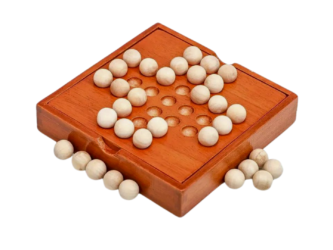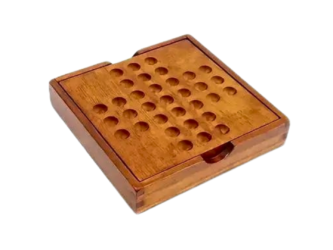Solitaire
Solitaire
Solitaire, also known as Patience, is a classic card game that has captivated players for centuries. Its blend of strategy, patience, and individual gameplay makes it a favorite among those looking for a solo challenge. In this article, we’ll explore the history, rules, strategies, and the enduring appeal of Solitaire.
What is Solitaire?
Solitaire is typically played with a standard 52-card deck and can be enjoyed by a single player. The objective is to arrange all the cards in a specific order, usually by suit and in ascending order from Ace to King. There are many variations of Solitaire, with Klondike, Spider, and FreeCell being among the most popular.
The Setup
In the traditional Klondike version, the game begins with seven tableau piles, with the first pile containing one card, the second two cards, and so on, until the seventh pile has seven cards. The remaining cards form the stockpile. The top card of each tableau pile is turned face up, while the others remain face down.
History of Solitaire
The origins of Solitaire date back to the late 18th century in Europe, with the game gaining popularity in France and later spreading to England and America. The digital age saw a resurgence in Solitaire’s popularity, especially with the release of Microsoft Windows in the 1990s, where it became a staple pre-installed game. Today, Solitaire can be found in numerous online platforms and mobile applications, ensuring its relevance in modern gaming.
How to Play Solitaire: Basic Rules
- Drawing Cards: Players can draw cards from the stockpile to play on the tableau or to the foundation piles.
- Moving Cards: Cards can be moved between tableau piles, but they must be placed in descending order and alternating colors (e.g., a red 6 can only be placed on a black 7).
- Building Foundations: The ultimate goal is to build four foundation piles, one for each suit, starting with Aces and progressing to Kings.
- Winning the Game: The game is won when all cards are successfully moved to the foundation piles.
Strategies for Winning at Solitaire
While Solitaire is often viewed as a game of chance, employing strategies can significantly increase your chances of winning:
- Plan Ahead: Always consider your moves carefully. Look for potential plays not just for the immediate turn but also for future moves.
- Empty Columns: Try to create empty tableau columns as soon as possible. They can be valuable for moving cards around and freeing up space.
- Don’t Rush: Take your time when drawing from the stockpile. Make sure each move is necessary and beneficial for your overall strategy.
- Utilize the Stockpile Wisely: Keep track of the order of cards in the stockpile and plan your moves accordingly to maximize your options.
The Appeal of Solitaire
Solitaire’s enduring popularity can be attributed to several factors:
- Solo Play: As a single-player game, Solitaire is perfect for those looking for a quiet moment of reflection or a way to pass the time.
- Accessibility: With simple rules and minimal setup, Solitaire is easy to learn and can be played anywhere, whether at home or on the go.
- Mental Challenge: The game offers a blend of strategy and problem-solving, making it engaging for players who enjoy a mental workout.
- Variety: With numerous variations available, players can always find a new twist on the classic game to keep things fresh.
Conclusion
Solitaire remains a beloved card game that transcends generations. Its mix of strategy, patience, and accessibility makes it a perfect pastime for anyone looking to unwind or challenge their mind. Whether you prefer playing with a physical deck of cards or through a digital platform, Solitaire continues to offer endless enjoyment. So, gather your cards or open your favorite app, and dive into the world of Solitaire today!



